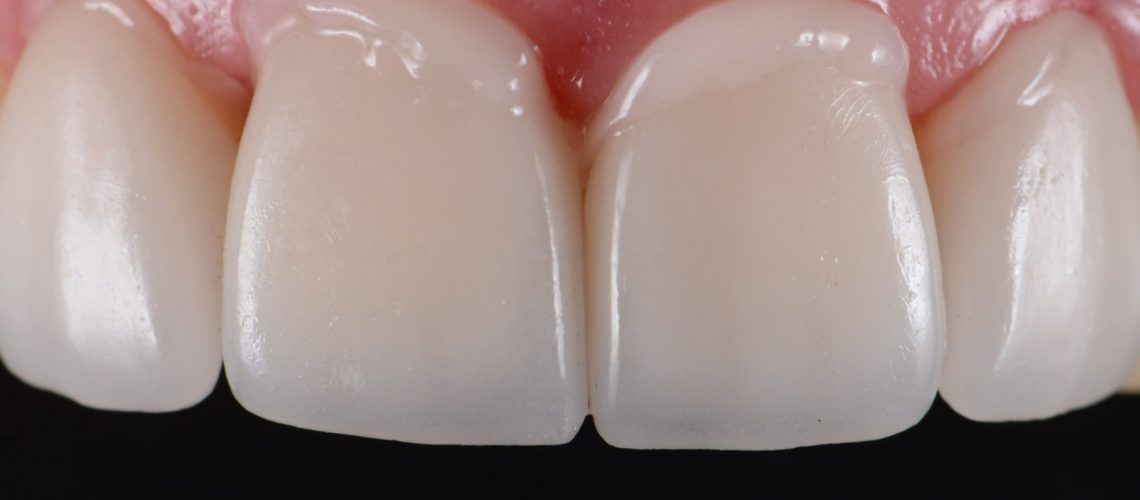For dentists, bonding materials are the blueprint to any successful restoration. Bonding materials, also called bonding agents, are, in its simplest terms, sticky material that’s used to bond to the tooth’s surface and help attach restorative devices such as porcelain veneers and crowns to freshly treated teeth. Bonding agents, in particular, are wide and many among dentists, and for many practices, the search for the best bonding material is what keeps their practices going and their patients happy! But what’s the deal with bonding materials, how do they work, and what types are there that your dentist may use?
Luckily, we’re here to give a quick summary to help you understand the basics behind bonding materials, how they work, and why we use them to treat your teeth.
Bonding Material Techniques and Their Uses
As one of the most basic procedures, dental bonding uses bonding materials to blend into the enamel and reshape the tooth back to an aesthetically pleasing form. In other methods, dental bonding is used similarly to glue, working to attack different restorations to the affected tooth to restore it back to health. When it comes to dental bonding, the basic steps of almost every dental bonding material operates through these approaches:
- Total-Etching: Total etching works to open up all the dentinal canals to apply the bonding material that restores the tooth adequately, and then depending on the product’s instructions, are cured and rinsed to allow the bonding material to stick to the surface more cleanly.
- Selective-Etching: Similar to total etching, selective etching only works with parts of the enamel and dentinal canals present on the affected tooth.
- Self-Etching: Known to be the easiest technique to perform by dentists, the self-etch technique works with bonding materials that are self-curing to ease through the process and reduce tooth sensitivity.
Through these techniques, dentists are able to manipulate the tooth’s surface and inner workings, but it’s essential for dentists to focus on removing the chance of tooth sensitivity as much as possible while working on bonding techniques for restorations. All three of these procedures are successful if done correctly, and these procedures all depend on the bonding agents to determine the technique used.
Which Bonding Material is Considered The Best?
The world of bonding materials is complex and ever-expanding, especially as dental companies continue to innovate their products to cater to the needs of their practices. Bonding materials are often classified by generations, where the first and second generations began during the 1960s to 1980s, evolving over time into more complex but accurate forms of technique that today reduce the rate of failure and help save people’s teeth. The goal of bonding techniques is to use materials that have higher enamel bond strengths, less risk for tooth sensitivity, and create a smooth, clean surface that lasts for years.
For dentists, choosing the right bonding material is all up to their personal preferences. Their preferred techniques help determine the types of products they’ll use, and most of all, they’re able to help patients like you better through the right products.

